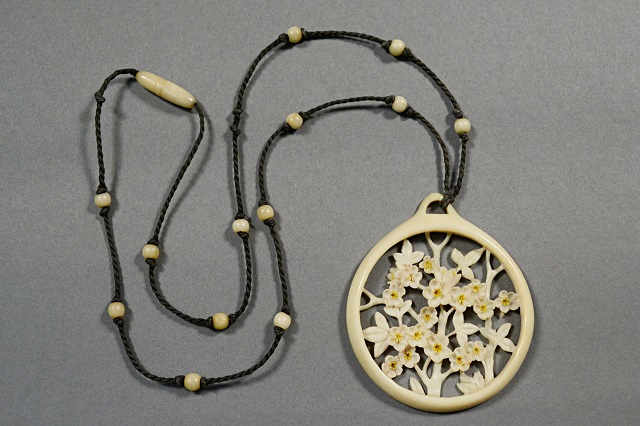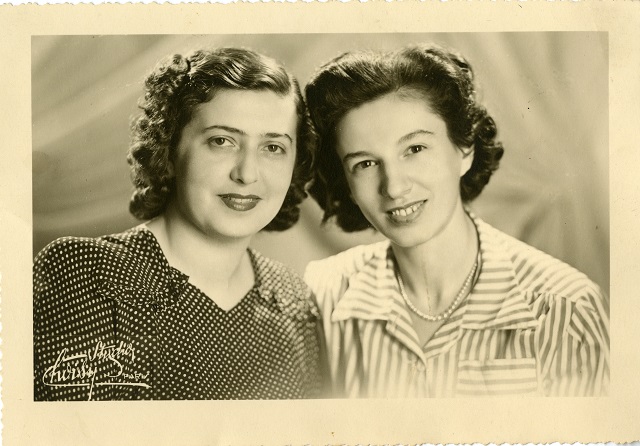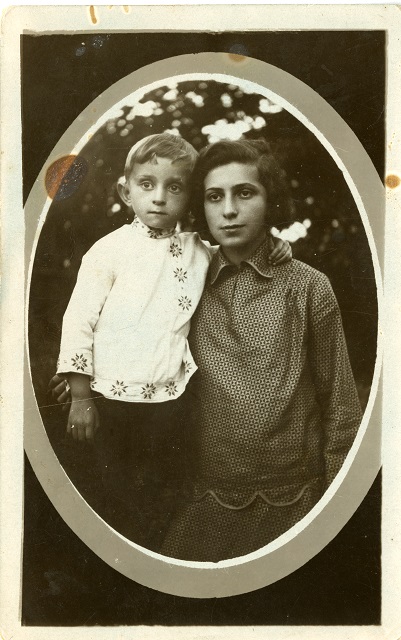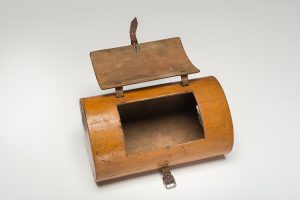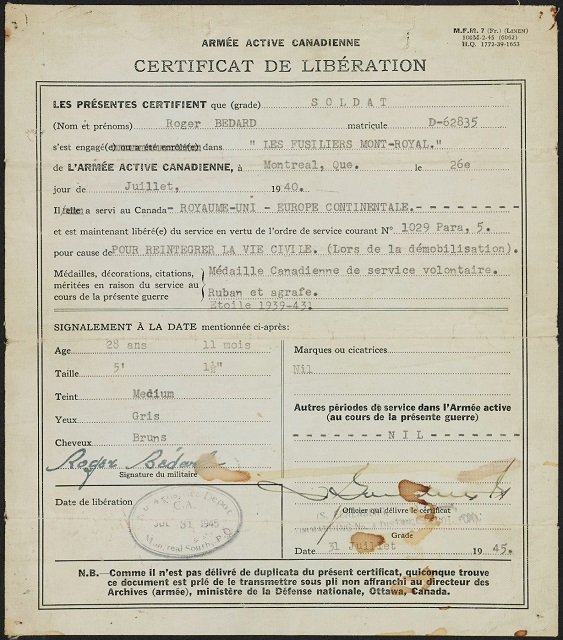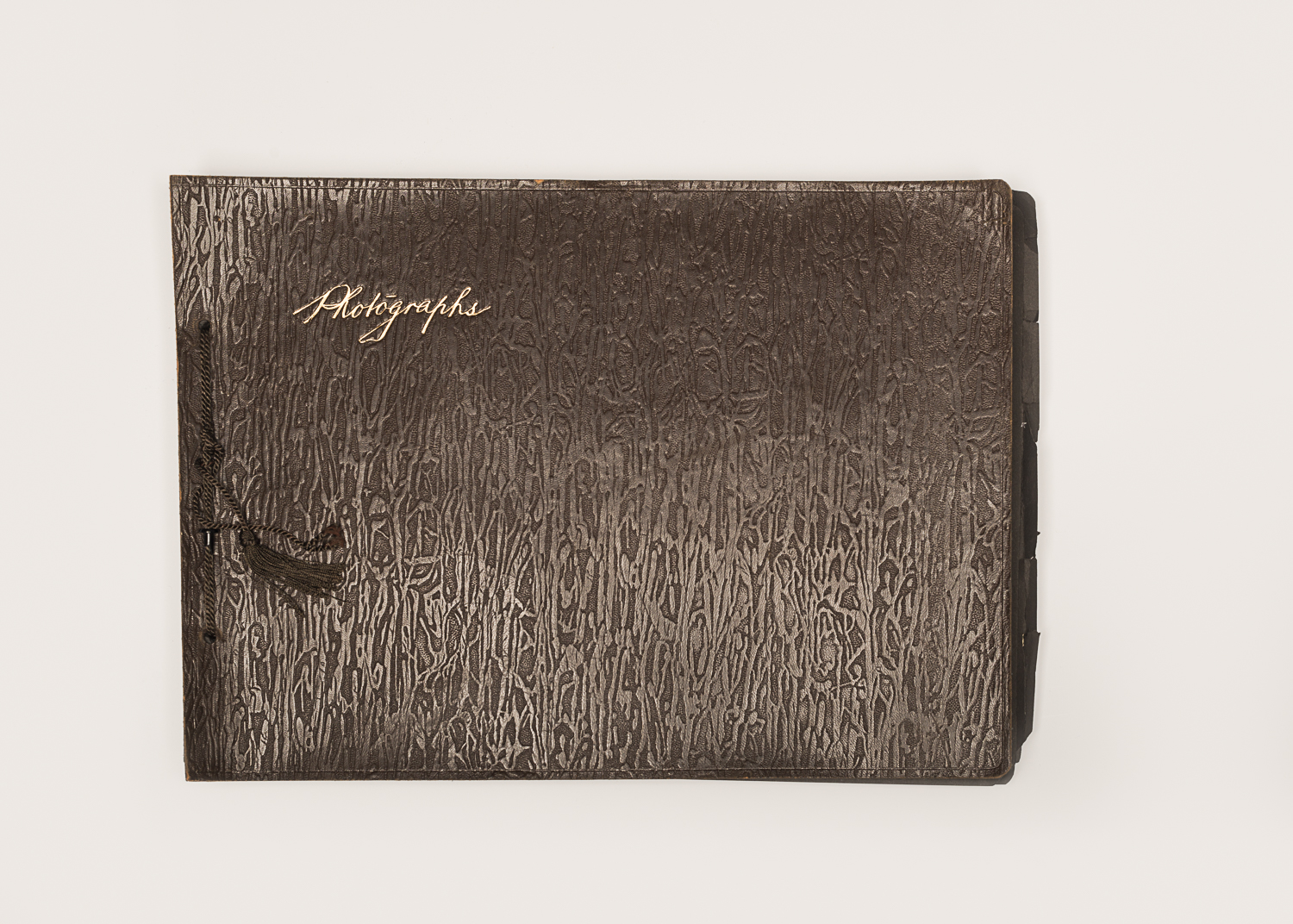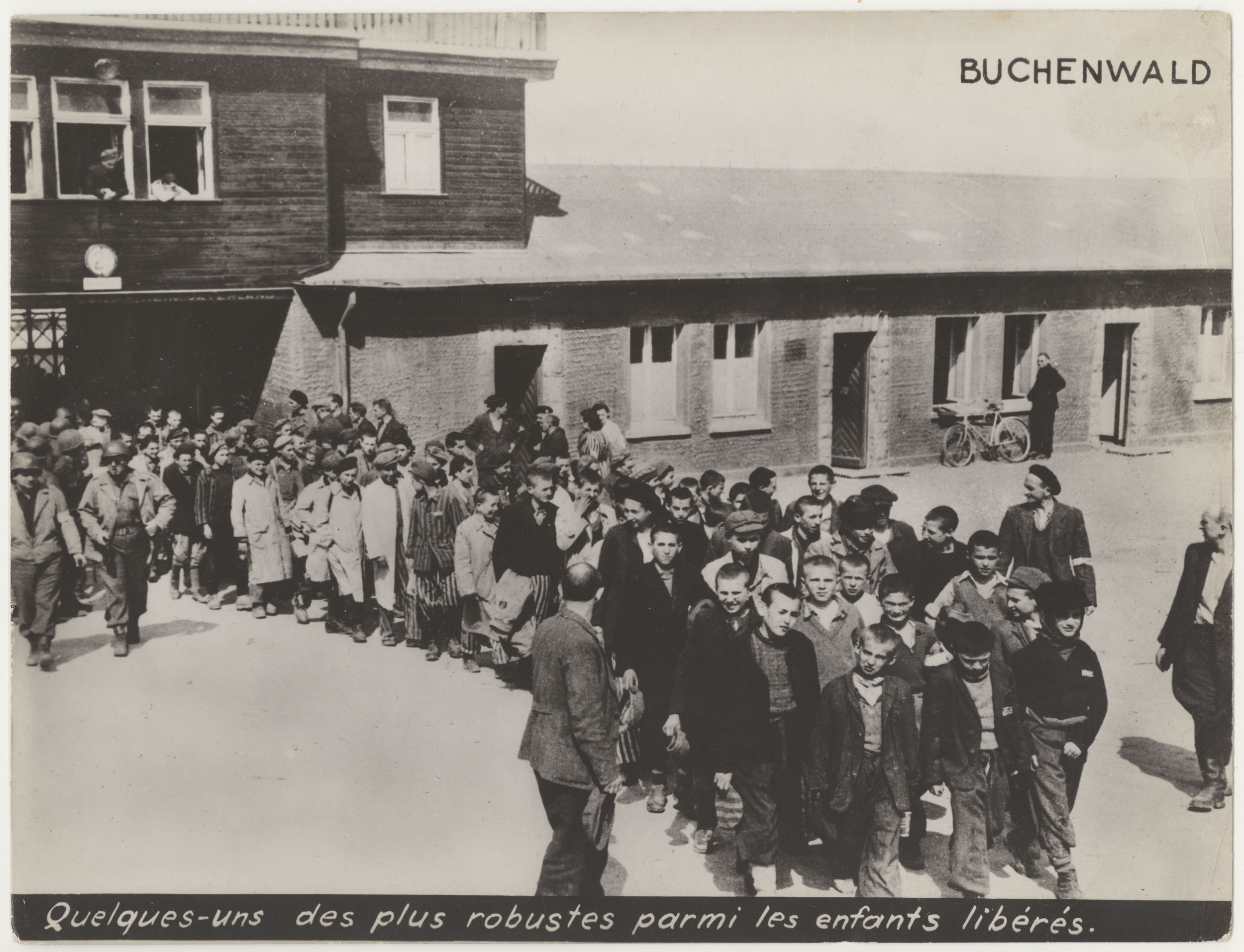In March 1945, a Russian soldier gave this necklace to Sonia Smolnik-Aronowicz-Tencer when he liberated her near Pomerania. The pendant features carved elements of leaves, branches and haptic flowers in a circular piece of bone. It is attached by a black cord, decorated with beads, to an oblong clasp.
Friendship as resistance in the Vilnius ghetto
Before the war, Sonia lived in Vilnius, then part of Poland. The city was under Soviet occupation when the Nazis captured it on June 22, 1941. In September 1941, Sonia and her family were deported to the Vilnius ghetto, created by the Nazis to dehumanize and exploit the Jews. They remained there until 1943, when the men and women were separated. It was the last time she saw her brother, Ariye, and her husband, Misha. Sonia befriended Miriam and Minya in the Vilnius ghetto. Together, they made a pact to help each other survive the war. Their friendship and alliance represent a form of resistance against the abuse they suffered in the ghetto and labor camps.
Day of the Liberation
In 1945, Sonia was deported to Bromberg-Ost, a women’s annex of the Stutthof concentration camp. The women were used as forced labor to build the German railroads. The camp was liquidated on January 20, 1945, and in March, 300 survivors set off on a “death march” (forced evacuation) to Sachsenhausen-Oranienburg. Sonia managed to escape. She spent the next few weeks hiding in abandoned German houses before being liberated by the Soviet Army. On the day of her liberation, a Russian soldier gave Sonia a necklace as a symbol of hope and comfort. He told her that she would be able to wear jewelry again one day.
Sonia arrived in Canada aboard the ship Samaria in 1950.
Naomi Tencer, daughter of Sonia and Leif Tencer, donated the necklace to the Montreal Holocaust Museum in 2020.
This project is part of a grant from the Claims Conference.

Other objects from the Smolnik family to discover
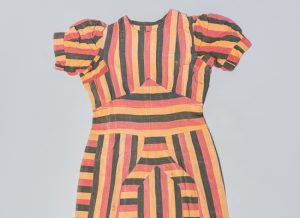 |
Sonia Smolnik’s dress (click here) |
| Ariye Smolnik’s lunch box (click here) |
